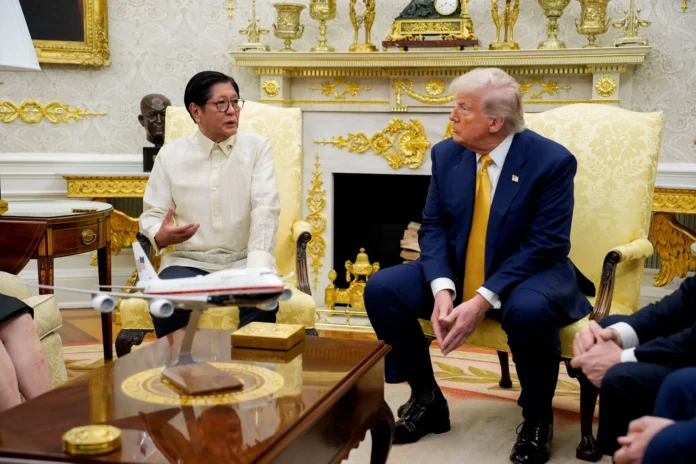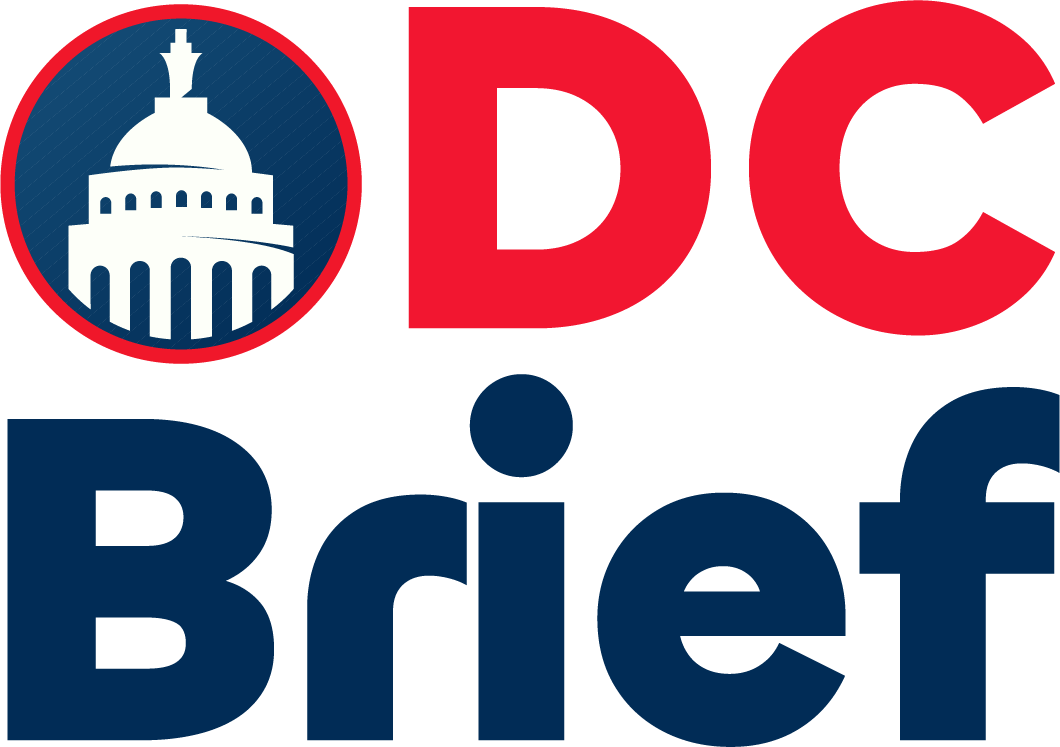President Donald Trump has finalized major trade agreements with the Philippines and Indonesia, implementing a 19% tariff rate on imports from both nations. The deals mark a significant shift in U.S. trade policy, reinforcing Trump’s “America First” approach. Furthermore, the 19% tariff rate underscores the administration’s push for balanced trade terms.
During a high-profile Oval Office meeting, President Trump and Philippine President Ferdinand “Bongbong” Marcos Jr. reached a new trade agreement. Under the deal, the Philippines will eliminate all tariffs on U.S. imports. Meanwhile, the U.S. will impose a 19% tariff rate on goods from the Philippines.
Trump praised Marcos as a skilled negotiator in a Truth Social post. He emphasized the Philippines’ shift to an open market for American goods. Additionally, the two leaders discussed strengthening military cooperation.
Originally, the Trump administration planned a 20% tariff on Philippine imports. However, the final 19% tariff reflects a slight compromise. This rate is still higher than the 17% reciprocal tariff proposed earlier this year.
Shortly after the Philippines announcement, the U.S. and Indonesia revealed their own trade agreement. Indonesian exports to the U.S. will also face a 19% tariff rate. Conversely, Indonesia will remove tariffs on 99% of American products.
Trump celebrated the deal on Truth Social, calling it a win for U.S. industries. He highlighted open access for American tech, agriculture, and manufactured goods. However, Indonesia must pay the tariff rate when exporting to the U.S.
A senior administration official noted stricter rules for transshipped goods. Products with significant content from certain countries will face a 40% tariff. The deal also includes provisions on critical minerals and FDA-approved pharmaceuticals.
The Trump administration has set an August 1 deadline for other nations to negotiate trade deals. Countries failing to reach agreements will face higher U.S. tariffs. The 19% tariff rate serves as a benchmark for future negotiations.
Experts suggest these deals could reshape global trade dynamics. Supporters argue they protect U.S. industries, while critics warn of potential price increases. Either way, the tariff rate is now a defining feature of Trump’s trade strategy.
As negotiations continue, businesses and policymakers worldwide are closely watching. The tariff rate could soon apply to more nations, further altering international commerce.
For more political updates, visit DC Brief.


